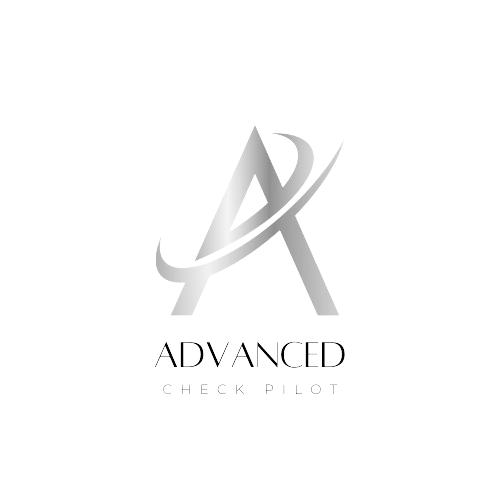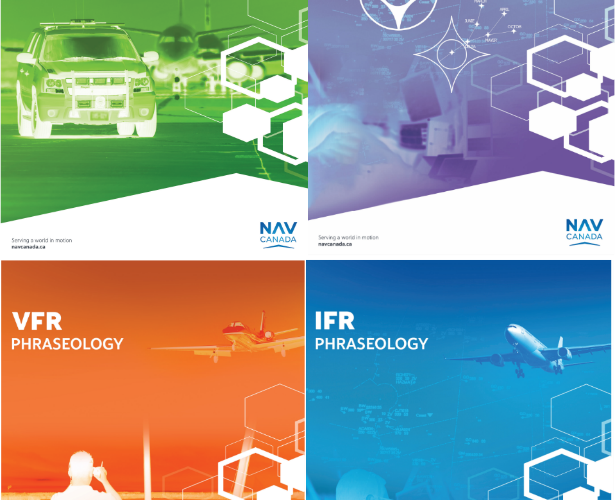Understanding Radio Communication for Solo Flying
Once you start flying solo, you might encounter new terms and phrases on the radio that you haven’t heard before or that your instructor didn’t cover. I encountered many of these during my cross-country flights after obtaining my Private Pilot License (PPL). I began using the flight following service provided by Air Traffic Control (ATC), which helps monitor traffic along your route. Listening to this frequency also allows you to hear communications from other pilots, from jet operators to small single-engine aircraft.
While it’s not crucial to master every phrase before going solo, familiarizing yourself with some additional terminology will boost your confidence on the radio. You may already be familiar with some of these terms depending on your home airport, but here are a few that took me by surprise during my initial months of solo flying:
- “Do you want higher?” – The controller is asking if you’d like to fly at a higher altitude.
- “Break break” – Used to separate messages for different aircraft.
- “Company traffic” – Refers to aircraft from the same airline or flight school as you.
- “Heavy” – A term used for large aircraft with a takeoff weight over 300,000 lbs. This indicates that greater separation is needed due to wake turbulence (e.g., “FEDEX 372 Heavy”).
- “Check remarks” – Indicates that ATC has heard and understood your transmission without needing to read it back. It’s similar to saying “roger.”
- “Recycle transponder” – A request to turn your transponder off and then on again if you’re not being picked up on radar.
- “Squawk ident” – Press the ident button on your transponder to make your aircraft stand out more clearly on the controller’s radar.
- “Radar contact” – Confirms that the controller has you on their radar and will provide flight following.
- “Altitude unverified” – The controller sees your aircraft on radar but does not have verbal confirmation of your altitude.
- “Wilco” – Means “I will comply” and differs from “roger,” which only acknowledges receipt of the message.
- “No joy” – Used to indicate that the suggested action did not work (e.g., “For flight following, contact 119.7; no joy, 133.4”).
- “Abeam” – You are positioned 90 degrees to the left or right of a reference point.
- “Radar service terminated” – Indicates that flight following is ending, and you should switch to your enroute or destination frequency.
- “Cleared for the option” – You are cleared for a low approach and have the option to land if necessary.
You’ll also encounter a lot of IFR (Instrument Flight Rules) terminology, which can be confusing if you haven’t started that rating yet. Terms like “RNAV,” “ILS,” and “visual approach” will be common, but you can focus on these once you begin your IFR training.
The radio can be intimidating for new pilots, and it’s normal to encounter unfamiliar terms and phrases at first. With time and practice, you’ll find that controllers use repetitive and predictable language. Don’t hesitate to ask for clarification with “say again” or request the controller to “speak slower” if needed. Controllers are there to assist and ensure safety, so feel confident in reaching out for help.
Bonus Article:
Case Study: Radio Communication Challenges and Solutions During Solo Flight

